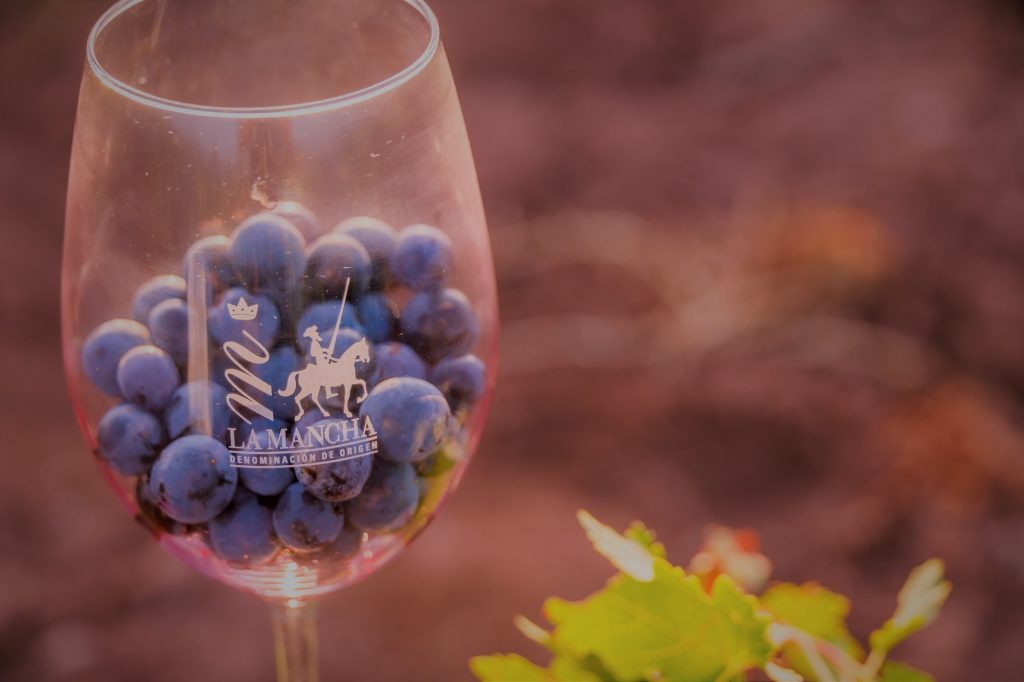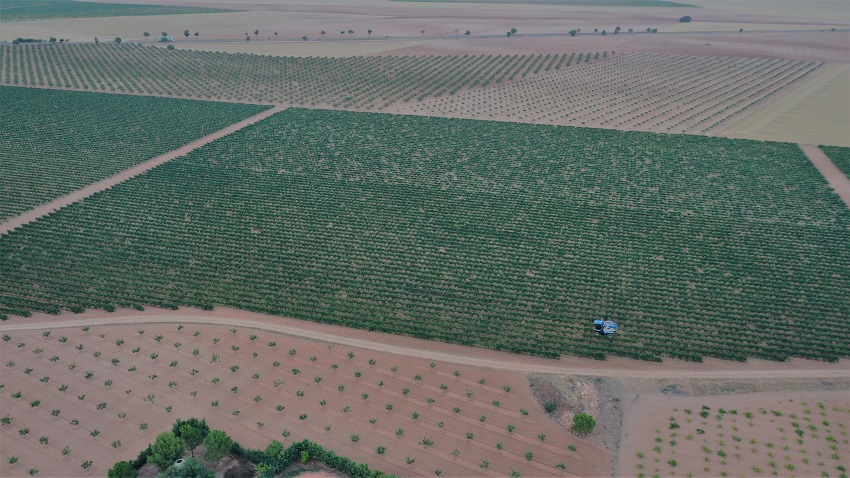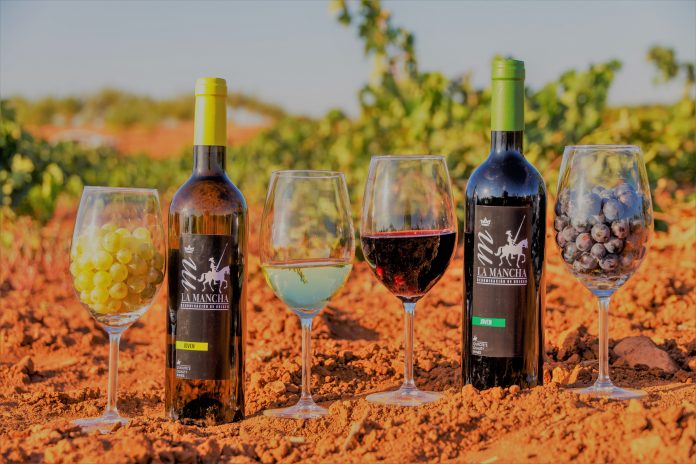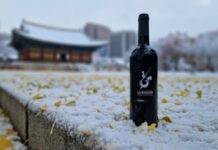Production of many wines made from early varieties is now complete in time for the Christmas campaign
Last week, between 13 and 15 October, the 2021 harvest was officially over in La Mancha. This was a significantly shorter campaign than the previous one after a difficult year in terms of weather.
In the end, the forecasts issued by technical experts in the field came to pass and the productivity of the vines was limited by the adverse effects of Filomena in January, a situation that was exacerbated by some spring frosts, excessive heat in late August and violent storms and the occasional localised hailstorm in September, which reduced the quantity of the harvest but not the quality. In fact, quite the opposite was true.
Although in a different context to the previous campaign, taking precautions and applying the health measures implemented in 2021, the harvest took place under more normal conditions and with a reduction in quantity of somewhere around 25 %, although with major variations depending on the area and the variety.
By provinces, according to references from the Regulatory Board technical department in random checks carried out with various wineries belonging to the La Mancha Designation of Origin (involving a survey of 10 wineries: 4 in Ciudad Real, 2 in Albacete, 2 in Toledo and 2 in Cuenca), results were uneven as the harvest progressed.
However, practically all the early impressions in the wineries coincided in highlighting the good quality of the fruit, especially noticeable in red and early white varieties.
In the case of white Airén (white grapes mainly from La Mancha DO), the technical parameters reflected, generally speaking, an average of close to 11.5 degrees on the Baumé scale and an average acidity of pH 3.4.

n the case of reds, Tempranillo and Cencibel, the grapes with the highest percentage of wine declared with La Mancha Designation of Origin (in 2020 it was 44%), the 2021 harvest has produced very healthy fruit with the data showing good quality prospects with parameters of over 13 degrees average on the Baumé scale and an acidity of pH 3.7.
Contenidos
Short but drawn out over time
Generally speaking, the 2021 harvest was shorter than other campaigns in terms of picking time by variety, owing to the concerns raised by the appearance of more rainfall in mid-September and the damage they might cause to the harvest.
Despite this, picking was drawn out over the course of several months, as the first varieties to be harvested in La Mancha were the ones with an early ripening cycle, like white Chardonnay, Moscatel and Verdejo, around the first fortnight in August. They were followed by other red varieties like Tempranillo. The most traditional timetable was the one followed by the Airén harvest, with picking taking place over the second fortnight in September, with the 2021 harvest in La Mancha Designation of Origin being deemed complete around the Virgen del Pilar festival in early October.
Another notable feature is the significant increase in mechanised harvesting in La Mancha. In fact, with the most aromatic early cycle varieties, picking has already been done preferably at night for several years, with particular care and when the grapes are at their optimum moment of ripeness. As Fernando Villena, Vice-President of the La Mancha DO Regulatory Board, says, “this means we can ensure the fruit arrives in the very best conditions in terms of temperature, guaranteeing their aromas and working on their fermentation at more controlled temperatures”. Airén, for its volume and characteristics (it can be harvested over a much longer period of time with very little reduction in quality and the picking date usually varies depending on its final destination) was picked basically from mid-September until the first fortnight of October. This has been normal practice in recent years, although mechanisation has contributed to shortening the harvesting periods and improving how the best picking date is judged.
Mechanised night harvesting allows considerable energy savings to be made as the grapes arrive in the winery at a lower temperature, which means they preserve their full aromatic potential.
However, the most picturesque and traditional image continues to be the gangs of pickers harvesting Airén grapes manually, something that is starting to be less frequent although still widespread. This nostalgic image can still be seen often in family harvests, many of which are done at the weekend.

As the saying goes, “por San Andrés, el mosto vino nuevo es” (the must is new wine by San Andrés)
With hard work still to be done on making the wine, it’s now down to the wineries to finalise the details of producing the young wines in the new vintage. In keeping with tradition, the young La Mancha DO wines will be presented on the last Monday in November, the festivity of San Andrés. The presentation comes just before the start of the Christmas promotional campaign, a crucial period for the sector, which has its hopes pinned on the last quarter of the year to reactivate demand for wine in the post-Covid era.











